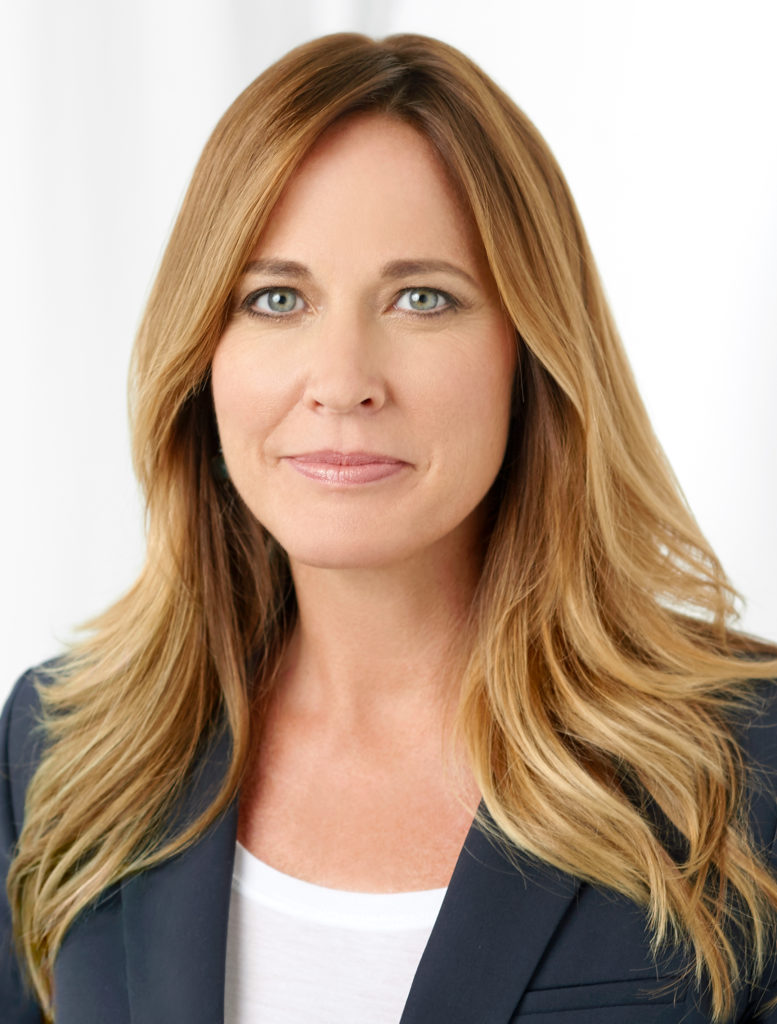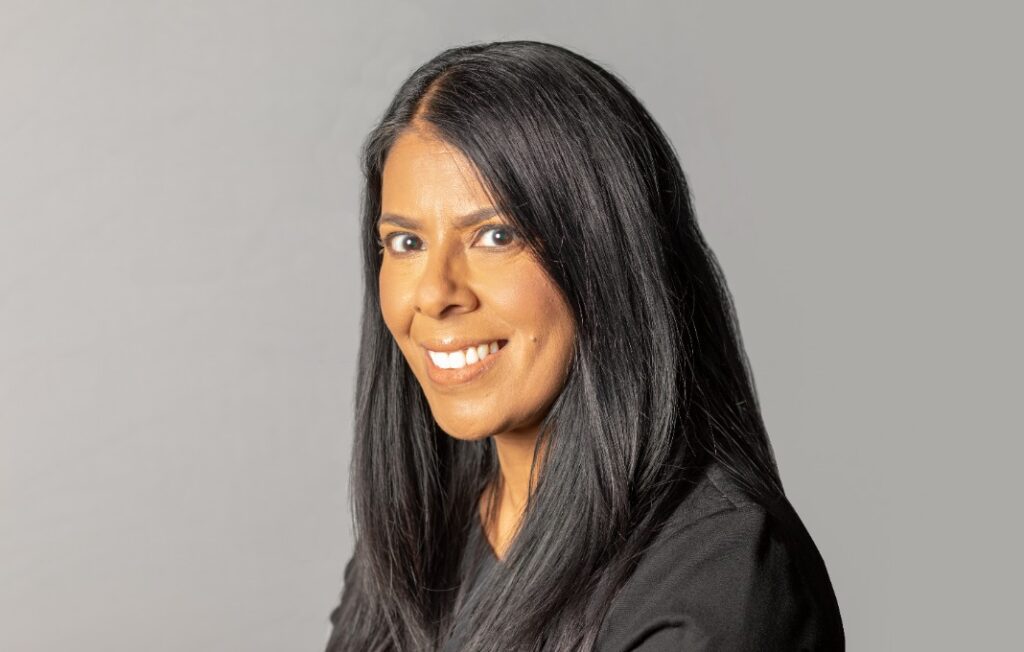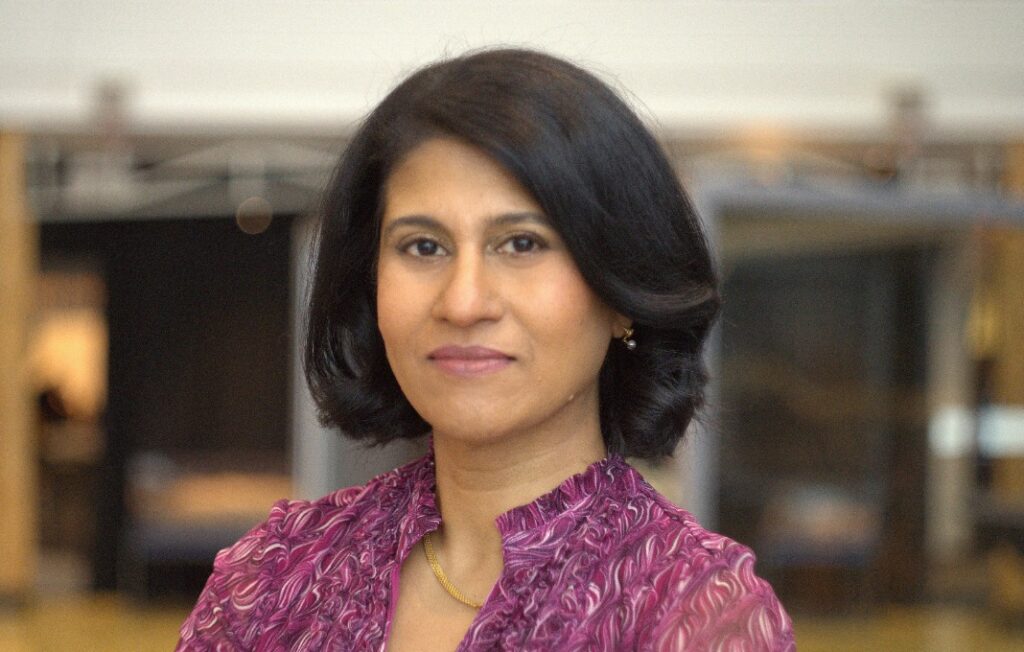HP Inc. has long had a commitment to social justice. In its most recent annual mission statement, the leading tech company took that commitment to a new level, promising to become “the most sustainable and just technology company in the world.”
A big part of HP’s approach centers around workplace diversity. The company is working to double its number of Black executives by 2025 and reach 50/50 gender equity by 2030, including having more than 30 percent of technical and engineering jobs held by women.

Those are tall orders, especially in the tech world, where the majority of workers and executives are white men and Covid has put new pressures on hiring and retaining any employees. But in an effort to lead by example, Stephanie Dismore, a more than 20-year HP veteran named Managing Director of North America just before the pandemic hit, is focusing tightly on the company’s goals. It isn’t just a feel-good move, she emphasizes in an interview with StrategicCHRO360.com.
“From HP’s earliest days we recognized that that the more points of view we can draw on, the better our products and really our entire company will be,” Dismore says. “So this idea that diversity helps drive new business and really fuel innovation is critical.”
Dismore, who leads all aspects of HP’s market strategy, manages the multibillion-dollar P&L for the company’s largest geographic region and oversees direct and indirect sales engagements across HP’s portfolio of products and services, talked about the overarching need to provide flexible work options, how Covid has changed “everything” and how she got her start at HP.
HP’s commitment to “people first,” emphasized in your new mission statement, is a timely idea given how companies are struggling with employee retention and attraction these days.
It is absolutely the topic. Over the last, probably 15 months, we’ve spent more time than we ever had before around the same issue—obviously largely due to Covid and the change the pandemic brought to every area of most people’s lives.
Why don’t you start by telling me what you mean by “people first.”
Our greatest asset, the most valuable thing that we have within our company, is our people. Our success is directly attributable to the people that work within our organization and, clearly, our people bring our vision to life. And we believe that a diverse group of people really has the ability to power innovation, given the unique perspectives and the different mindsets that a diverse workforce has. And so the idea here is to really make sure that from every angle, if we put our people first, that becomes the company DNA, from how we look at the business, to how we set up our programs, to how we set up our policies and engage with our employees.
Lots of businesses talk about focusing on employees as a way to build loyalty. But you’re talking about something a little more sophisticated here, about how that focus is critical to innovation and that a diverse workforce can help spark creativity.
Absolutely. From HP’s earliest days we recognized that that the more points of view we can draw on, the better our products and really our entire company will be. So this idea that diversity helps drive new business and really fuel innovation is critical and it’s critical in the ways we recruit and attract and retain our best employees.
Can you give me some examples of what you do differently?
Let’s talk about Covid. When Covid hit, this people first idea really came alive within our virtual walls—the idea that we focus first and foremost on keeping our employees and their families safe. So immediately, from the CEO on down, the messages are that you come first and your health and safety matter. Let’s make sure that we create an environment where, as we all shifted to working at home, there is flexibility. There is empathy. And there is autonomy from a manager perspective. We believe you can create policies and processes at the highest level by and for the people.
Every person has a different situation. And so if you give autonomy to the first-level managers, they can then enable this people-first culture much, much more effectively than they could at the highest levels. Say you have a woman on your team that’s a single mom. Now the kids are going to school at home. Well, the flexibility that that manager can give her so she can contribute and also feel good about how she’s managing her life will be very, very different than, say, a man who has aging parents. The key here is to really understand and listen to what your employees need and modify and enable that ability to have flexibility throughout your company DNA and culture.
Do you have a completely hybrid setup now?
Right now, the majority of our employees are working from home and have been since the pandemic started. But that was absolutely a shift when Covid started. It is amazing how quickly the world was able to shift. If you think about it, our entire world changed. We work from home. We go to school from home. We socialize from home. Technology really enabled that across the board. Now Covid is taking another turn with the Delta variant. So we’ll continue to be fluid. And as we think about going back to the office, that idea of flexibility will continue to drive our thinking in terms of our policies and how people will work in a new hybrid environment.
So again, you’re going to be listening to your people first.
Exactly. And what they’ve told us is they want flexibility. I have an opportunity to talk to a lot of leaders, a lot of companies, and this idea of a hybrid environment is the buzzword. It’s what we’re all aiming for, but none of us is exactly sure what that will mean. We’re in uncharted waters. I think it’s going to be different for every company.
Of course we’re still in the middle of it, but what are some of the biggest lessons so far from the Covid experience?
Number one, we can do things from home, we can work from home. We can have meetings from home and prior to Covid that really that was not the acceptable norm in business. That’s why this hybrid discussion is so relevant to most companies, because we are probably more productive than ever given the flexibility that people have to live their lives. Not just their business life or their personal life, but I call it one life. We have one life. And how do you manage that flexibility to enable productive yet healthy lifestyles for your employees?
We’re still working through it in terms of Zoom fatigue or you know, people are just sick of sitting on calls all day. So how do we break it up? How do we have Focus Fridays where we schedule no meetings after 2 p.m., how do we give back some time to people so they can get up and move around and maintain that healthy lifestyle? I think those are some of the things that we’re picking up from Covid.
In addition, in the technology sector overall the representation of women in leadership roles was already only slowly growing. And Covid’s impact on that score has been a bad thing. One in four women is considering downshifting their careers or leaving the workforce entirely now. That’s not good news. That’s what we’re trying to combat when we talk about the ability to create an environment that has flexibility—so women don’t leave the workforce. If that happens, everyone suffers.
Attracting and retaining women is especially challenging for tech, isn’t it?
Women are underrepresented in the tech industry, absolutely. Now, we were slowly growing and building female representation in the tech industry. Again, Covid took a hit at that. And so we really need to be conscious and purposeful in how we reverse that and keep women in the workforce. Women are more likely to be mentors and sponsors than men, and it’s really critical that we continue to support women in leadership positions, so they can continue to help advance not only in their careers, but also help prepare that next generation of leadership.
How did you get into tech? Can you talk a little bit about your own personal career arc?
I started my career in marketing. After college, I started at the Family Channel, a private cable network at the time. Then Fox bought out the company and long story short, when I started looking around for different opportunities, HP caught my eye. I was doing a random job search online and they were looking for nontraditional ways to market, believe it or not, calculators. And it interested me because of the way the job description was written in terms of this leaning in on non-traditional creative ways to make calculators cool. I thought, this could be fun.
I’m not really a calculator type of person, but I ended up moving from Virginia to Portland, Oregon, to work in communications for the calculator division in 1997. The great thing about HP is you can bounce around and do all kinds of different things and gain all kinds of new experiences. So that’s exactly what I did. I bounced around from biz dev to digital publishing into, eventually, sales. Now I manage North America.
And when did you get that position?
I was placed as the MD for North America about 15 months ago. So, brand new role, very excited about the role, and soon after, Covid hit. It’s been a wild ride for sure.
Fairly recently HP made a pledge to become “the most sustainable and just tech company in the world.” Why, and what has it done for the company?
The pledge was made a couple months ago. Every year we make a kind of mission or vision statement around sustainability. A sustainable impact strategy is not new to HP—we introduced or rolled out our first report roughly 20 years ago on the efforts and the importance of being a value-led company. Fast forward to the mission statement that you refer to and it really comes down to three different categories: planet, people and community. Our goal is to permeate this idea of a sustainable impact strategy focused on these three areas throughout the DNA of the organization.
So every salesperson in the organization has been trained, every marketing person, et cetera. And it’s amazing to see how conversations open and new business is won based on these conversations. In fact, we just rolled out our new channel program. The majority of our business flows through channels, whether it’s retail partners like a Best Buy, Walmart or Amazon, or commercial partners, like distributors, national solution providers, you name it. And we rolled out a program called Amplify Impact where our partners can work with HP to deliver on specific, I would say very aggressive, goals. It’s amazing the feedback we’re getting from our partner community. Everyone is leaning in and they’re taking basically an assessment that we’re offering and then putting in specific plans under those three pillars. So it really created this halo effect within the industry because of these different initiatives that we’re driving.
You talked about women being the kinds of leaders who help others meet goals and here’s an example on a company level. Is it your experience that a lot of companies are looking for ways to do these things and aren’t quite sure how to go about it?
That’s exactly right. And this program that we did with our partners, it starts with an assessment, which by the way is I think a huge value to our partners that we offer for free. And it’s amazing when you start off with, hey, here is where we want to go and here are the gaps, right from where we are today. It becomes much easier to start. It’s not this kind of intangible, how do I help contribute to these efforts? It becomes real. And then we can put real tactical initiatives for each partner in there to get to where we need to go.
How about HP’s own scorecard on these issues?
The directives and the culture of most companies really start at the top. We say we want diversity. Well, let’s look at our board. HP has the most diverse board of directors of any fortune 100 company: 58% are minorities, 42% are women and 33% are underrepresented minorities. Look at our executive leadership: 33% are women and 50% are minorities. I think that shows that we aren’t just talking the talk, we are living it and not only by executing programs but in the makeup of our company.
Are you concerned that all the ways Covid has made people rethink their jobs and is helping to create a labor shortage will impact HP’s progress?
Absolutely. The key for HP is to continue on the path that we’re on. It’s very clear that Gen Z and Millennials want to work for companies that really lead with values, where planet, people and community matter. They want to see what we’re doing about it. Those folks, our interns and new hires, when they come in and see what we’re doing, they get excited, not only because of our products and solutions but because of the people and the passion that people here have for our mission statement. So we need to continue to do what we’re doing there.
And then we also need to continue to double down on this idea of flexibility. Burnout is real. Sitting at home in front of your desk for 10 hours a day, while you’re also trying to be a teacher for your kids, while you’re trying to care for your aging parents—it’s just overwhelming for most people. So how can we as leaders within our organization take a little of that stress off? That’s how we’re going to continue to attract top talent and hopefully retain our top talent.








